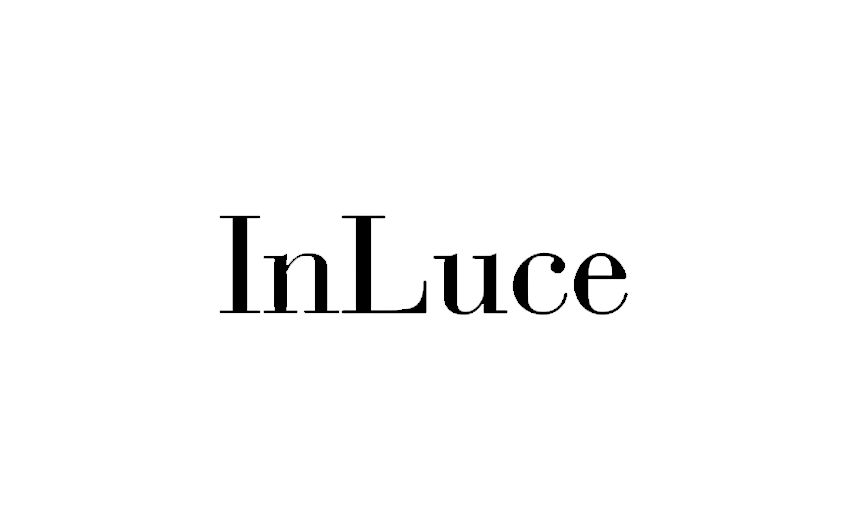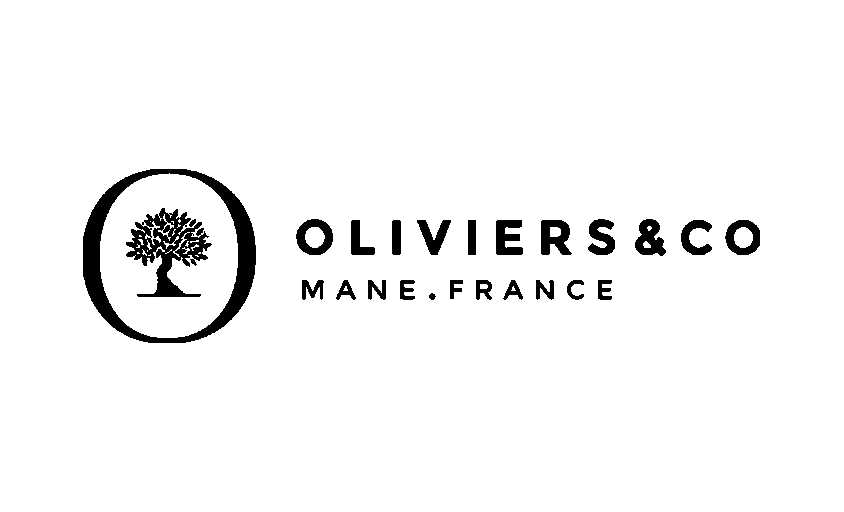Still Life
In this article :
In photography, still life is a distinct discipline within artistic photography (rigorous and silent) where every element is carefully selected, placed, and lit with meticulous precision. Behind the apparent stillness of the image lies a complex visual mechanism, designed to create tension between form, material, and light. Here, nothing is left to chance. Far from being a mere stylistic exercise, still life photography is a space for experimentation, meticulous construction, and refined visual expression. It offers a privileged ground to sharpen one’s eye, develop a unique signature, and explore the symbolic power of the frozen image.
Composing with the Inanimate
Photographing a still life means working with what does not move. It may seem simple, but it is precisely this absence of motion that forces the photographer to create everything: balance, rhythm, tension, light. A stainless steel spoon, a ripe fig, a raw ceramic, each object has its own visual weight, material density, and way of capturing or diffusing light. Everything is a matter of observation. Negative space becomes just as important as the object itself. Still life photography encourages slowing down, seeing differently. It requires a clear intention, a visual narrative that is often implicit. It also demands thinking in layers, volumes, and textures. The photographer’s eye becomes the choreographer of a meticulously ordered micro-world.
Light as a Sculpting Tool
In still life photography, light is not just an accessory, it is the raw material. It structures the image, reveals textures, creates contrasts, and guides the composition. Mastering light (whether harsh, grazing, diffused, or reflected) is at the heart of the discipline. A well-placed shadow can become a compositional element in its own right, adding depth or mystery. Still life offers one of the rare opportunities where the photographer can shape light without external constraints, refining it to achieve perfect balance. The goal is a controlled accident, a deliberate imperfection that brings the image to life. Light becomes a subtle language, an aesthetic gesture that leaves its mark on the photograph.
A Contemporary Practice with Multiple Echoes
Though rooted in classical painting traditions (Flemish vanitas, symbolic compositions, and allegorical still lifes) still life photography constantly reinvents itself. Today, it crosses multiple domains: food photography, design photography, artistic experimentation, and conceptual visuals. It can be purely formal or deeply narrative, evoking abundance, emptiness, luxury, or absurdity. This very flexibility makes it such a rich practice. It imposes no fixed subject or rules, everything depends on the photographer’s intent. And within this controlled space, a great visual freedom emerges.
Conclusion
Still life photography is a discipline of precision and patience. It thrives on the balance between control and creative freedom, between silence and visual tension. It encourages slowing down, constructing, and seeing differently. For those seeking to refine their eye, explore the materiality of images, and sculpt light with precision, still life offers the perfect playground. It is a space where photography becomes almost meditative, where every decision matters, and where silent objects are given a voice.
And you, have you ever taken the time to listen to what your still images have to say?
Jérémy Carlo is the editorial director at Rétines, where he ensures the consistency and clarity of all content produced by the studio.
Our Clients
Let’s discuss
What we do for you at Rétines
Meticulous work, an organised project and fast delivery. And to achieve this, we mobilise the right resources in our teams at the right time.
01
Pre-production
Artistic and technical direction tailored to the project.
Relevant recommendations on content, form and resources.
02
Photo Shooting
Photos taken by our experienced photographers.
Production that’s controlled, efficient and tailored to the needs of the project, with nothing superfluous.
03
Retouching
Technique
Photographs magnified by our retouching team.
Post-production to meet the commercial challenges of the brief.












